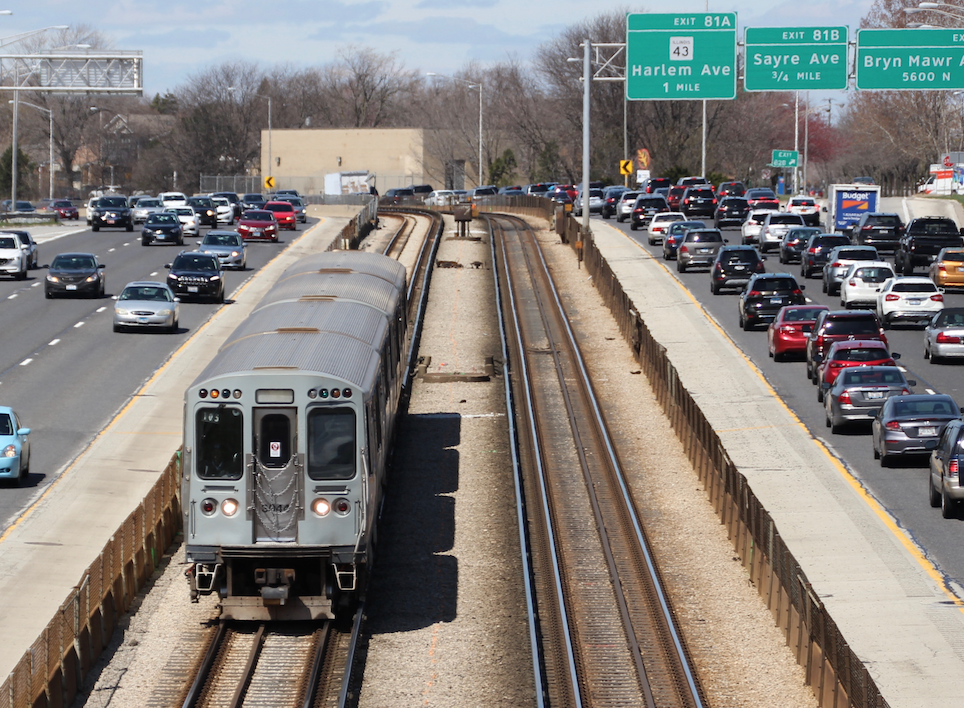
CHICAGO — The heads of Chicago’s four transit agencies argued Tuesday at a legislative hearing that financial support, not structure, is the key issue they face in trying to serve the region’s passengers.
The Chicago Sun-Times reports that the top officials at Metra, the Chicago Transit Authority, bus operator Pace, and the overarching Regional Transportation Authority all argued that a proposal to combine the four into a single Metropolitan Mobility Authority misses their real needs — to address a looming “fiscal cliff.” That shortfall could be $730 million as soon as 2026, when the organizations no longer have federal aid to help offset the drop in ridership that came with the COVID-19 pandemic and the resulting change in work and commuting habits.
Legislation introduced earlier this year would replace the boards at each of the four agencies with a single 19-member board [see “Illinois bill proposes merger …,” Trains News Wire, April 30, 2024]. A majority of the new board would be appointed by Chicago’s mayor (five seats) and the president of the Cook County board (five seats). That would be in place of the current 47 seats across the four boards appointed by 21 elected officials.
The Sun-Times reports Metra CEO Jim Derwinski said doesn’t know what savings would result from the change.
“We do operate the leanest system in the country,” Derwinski said. “We keep making it happen when we don’t have the right resources. And because of that, certain other things don’t happen.”
CTA President Dorval Carter, whose agency put out a statement calling the proposal a “distraction, at best,” when it was first announced, reiterated the CTA view on Tuesday: “The governance model is not the problem … The issue is getting the funding levels to where they’re supposed to be.”
“I do not believe that combining us into one organization will make us better,” said Melinda Metzger, executive director of Pace. “To put us all under one board, the needs of the suburban areas, the far-away areas, will not be met as well as they are right now.”
Chicago transit agencies get just 17% of their funding from local and state tax dollars, the lowest such figure among major systems in the U.S., the hearing was told, according to WGN-TV. (In Philadelphia, the figure is 50%; in New York, it’s 28%.)
“We’ve never had the level of funding to truly allow for a discretionary funding program that would be controlled by the RTA,” said Carter, “that would allow RTA to basically direct priorities.”
The hearing was the first of six scheduled by state Sen. Ram Villivalam, who heads the Senate Transportation Committee [see “First hearing on future of Chicago transit set …,” Trains News Wire, Monday, July 8]. Villivalam said the proposal may or may not move forward. “The reality, though,” he said, “is that that question is being asked of us by our constituents. So it’s upon us to ask that and get to the root of where we go.”






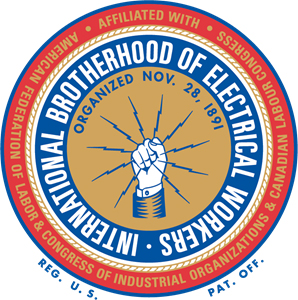
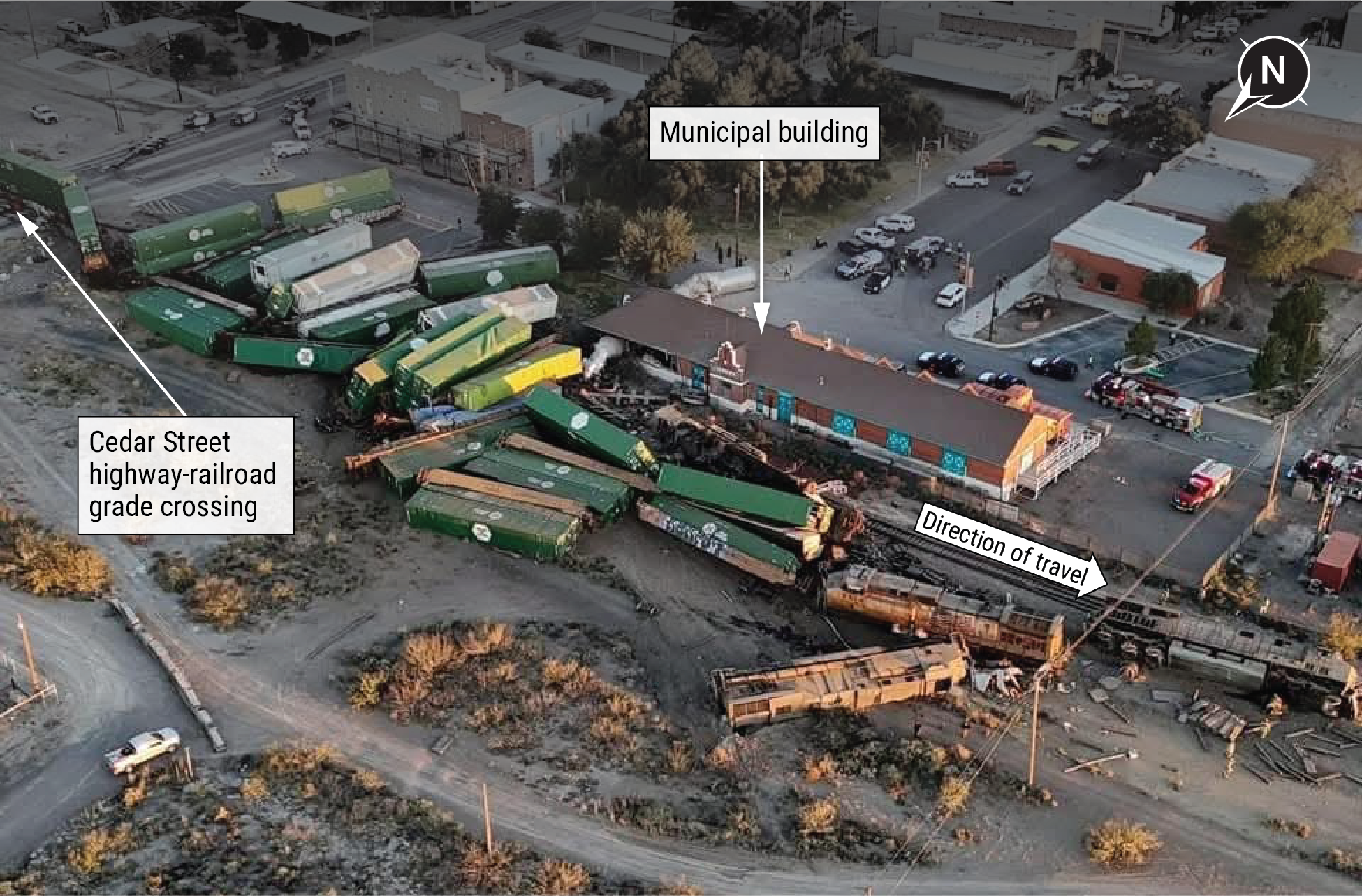
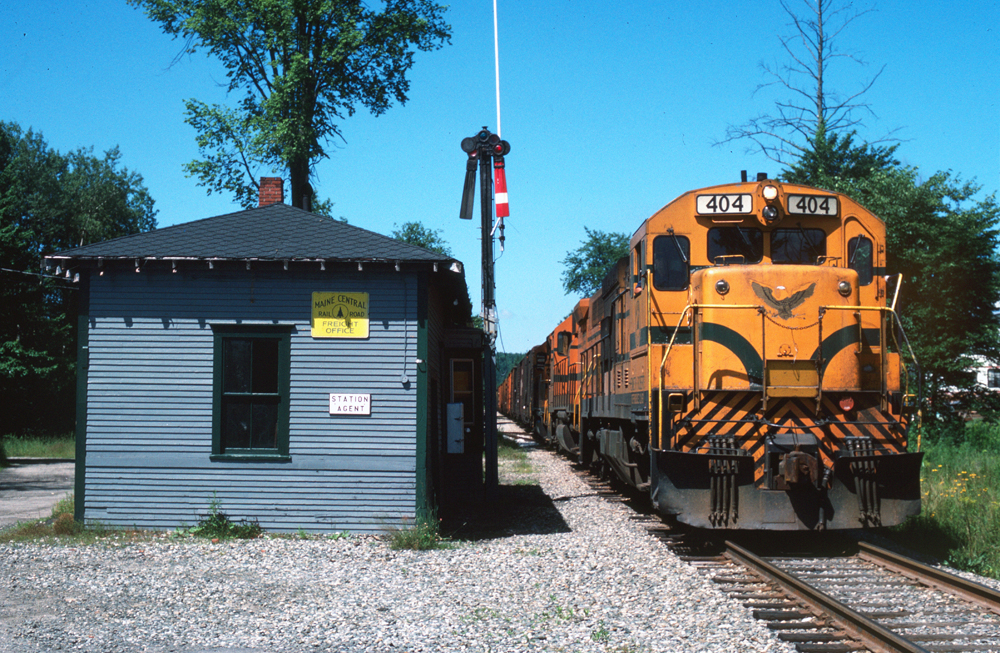
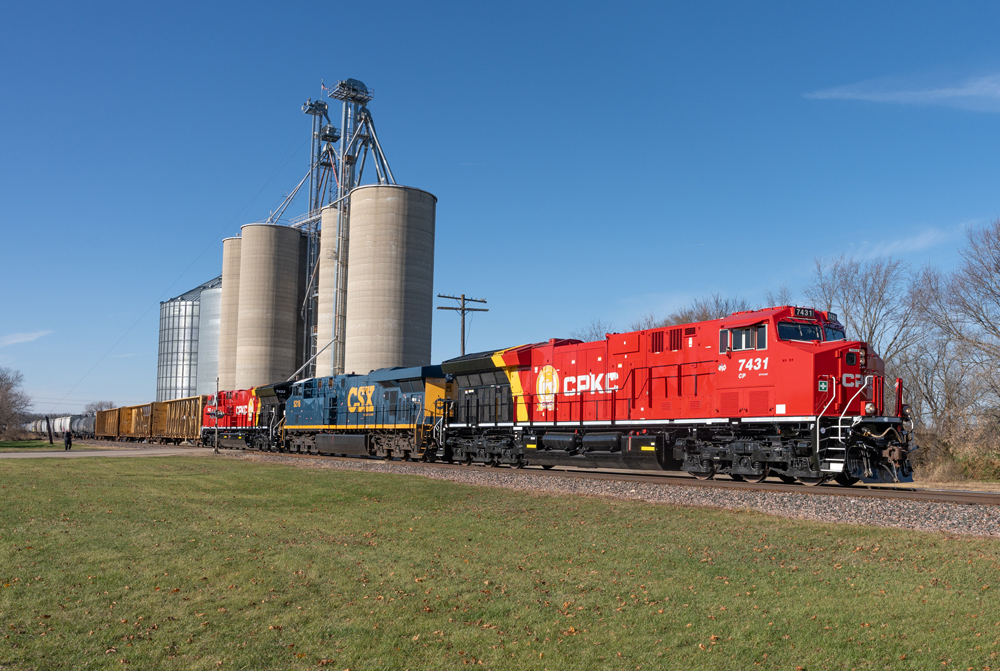




I am a frequent visitor from out of town and what I notice is poor performance of the rail system. When they say service from Ohare every 6 minutes, when in actuality it’s every 13-20 minutes. That seems like a management issue to me. Not an issue that restructuring the board will solve. Also the clientele that smoke Marijuana on board and break the other rules of playing loud music and soliciting should be dealt with with some kind of cooperating agreement with CPD. Cops standing at the gates at Ohare, and on platforms are useless. It’s current management that’s the issue!!!
While funding is very much an issue, the organizational structure is weird and unnecessary. It would help reduce costs along with complexity in funding and grants, and any administrative cost & complexity reduction is always good in my book, as long as the job is done. One board would suffice. If the MTA, NJ Transit, etc. can do it, so can we.
I have never been a fan of big organizations or big companies. They become too unwieldy and inefficient and nothing gets done. I agree funding is the problem, not the different organizations.
Of course they just need more (of other people’s) money. Broken record. It is time to realize that certain public transit needs to be rationalized.
10 seats for Chicago/Cook County to 9 seats for everyone else in the region.
That is a non starter right there.
Chicago population – 2.6 million.
Cook County population (non-Chicago) – 2.5 million
DuPage – 920,000
Will – 700,000
Kane – 514,000
Lake – 709,000
McHenry – 310,000
That makes the non-Chicago/Cook County entities at 2.8 million.
So this board ratio is a non starter politically. If Kendall County is successful in joining the RTA district, that would add another 150,000. They have tripled in size in the last 10-15 years.
I agree. That board appointment structure is definitely a non-starter. We already see who runs the CTA, and we don’t need that destroying Metra and Pace.
Apparently someone doesn’t know how to do math very well. Cook County and Chicago combined are over two thirds the population and 10 out of 19 board member is just over half…the rest of the areas get the other 9 seats, which is actually over representation based on population, and would still be over represented if Kendall County joined. The issue is that you don’t have a balanced board which could cause 10/10 deadlocks, however, I see that as beneficial as it forces the board members to compromise if they want to get anything done, none of this odd number board BS.
@Gerald. The math is correct. Since the Cook County Board nominates its board members it gets counted separately.
A third is Chicago, a third is Cook County (non-Chicago) and the last third are the collar counties.
Having an even numbered board is not the end of the world. Thet is why some boards have a voting board chair to break ties.
So in this case I would have 4 members from each constituency and a voting board chair appointed by the governor. That would make more sense.